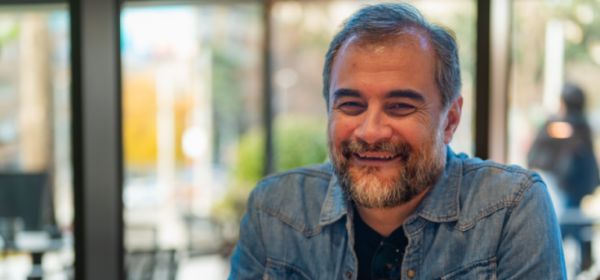Statue of the Victor
Look at map( Belgrade Fortress )
Monument “the Victor” is a triumphal monument placed on the top wall of the Belgrade fortress. The monument is the work of the famous Ivan Mestrovic, who was commissioned by the Belgrade municipality to create a symbol of victory of the Serbian army over the Ottoman and Austro-Hungarian empire in the wars of in 1912-1918.
The original intention of the then Mayor of Belgrade , Ljubomir Davidovic and other city officials was that the monument is set to Terazija square , the busiest street to symbolize the defeat of the Ottoman Empire and their banishment from the Balkan Peninsula. Sculptor Ivan Mestrovic designed the fountain on the subject, which is in the center of the pool should be located on the pole five degrees which are each symbolized five centuries of slavery under the Turks . At the top of this column is intended to stand on the monument and symbol of heralds their triumphant battles, while the whole structure should be called "Allegory”.
_-_Milena_Arsenić.jpg) Foto: Milena Arsenić
Foto: Milena Arsenić
Work on the monument began in 1913 and lasted eight months. Meptrović sculpted and shaped the sculpture in molds at the elementary school gymnasium at King Peter I. Fortunately the monument avioded destruction during World War II as it had been sent to Austria-Hungary, the Czech Republic to finish the casting, where it remained until the end of the war.
When it finally was about to be set up, there was a debate in public about the best location for the monument, due to the emergence of new circumstances - above all the destruction of another empire, the Austro-Hungarian Empire by the Kingdom of Serbia defeated during World War II which resulted in creation of a new state, Kingdom of Serbs , Croats and Slovenes.
In the end it was decided that the monument will take its place in the fortress itself, at its highest rampart near Pasha Quarters. The fortress was taken as the element that connects the two defeated empires that was built in the past with the aim to control and occupy Serbia Balkans. During the Ottoman authorities, the fortress was the seat of the Turkish Pasha who ruled from there almost all of Serbia, and was known as a notorious prison for many Serbs, while the bastion The Turks asked decapitated rebels. At that time, the Belgrade Fortress was the forbidden city in which the Serbs were allowed only in the articles or on the way to her execution sites. The monument represents the victor of the liberation which for the Serbs has a similar importance as the fall of the Bastille does for the French. It signifies victory over feudalism, slavery, and the nudity of the monument itself represents the end of the Dark Ages and the Renaissance beginning. Peregrine Falcon on the left hand symbolizes vigilance and watch that the defeated forces do not wake up again, and a sword in his right hand symbolizes a new victory if that ever happens. There is also a theory that the position of a monument, the fact that its nakedness is facing the defeated Austro-Hungarian Empire and the backside towards the Pasha's and Istanbul, is also a message to the powers that once ruled.
The monument was officially unveiled in 1928, during the celebrations of the tenth anniversary of the breakthrough of the Salonika front and Serbian victory in the war in 1912 until 1918. Daily passing underneath it are over 5000 tourists, which makes this our most photographed and popular monument.
_-_Milena_Arsenić.jpg) Foto: Milena Arsenić
Foto: Milena Arsenić




 10 ℃
10 ℃



